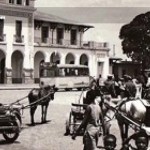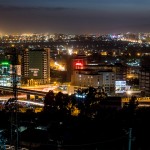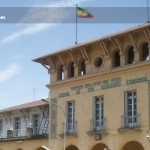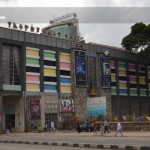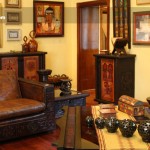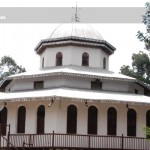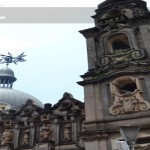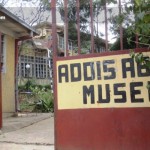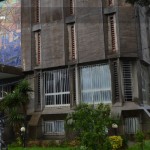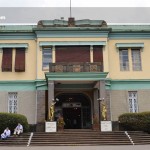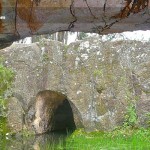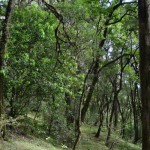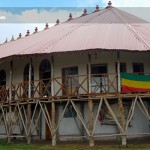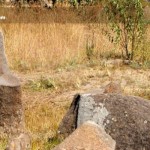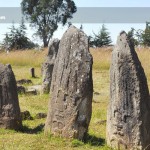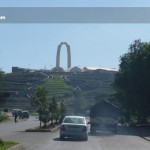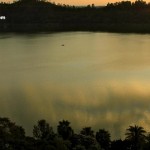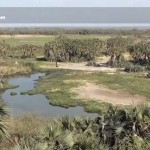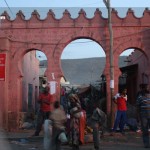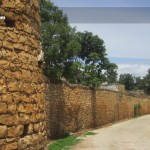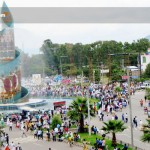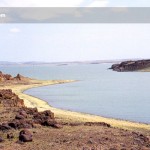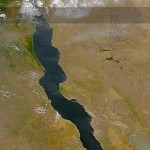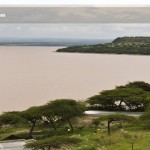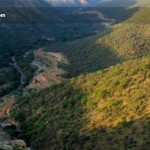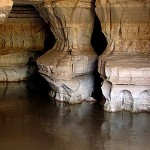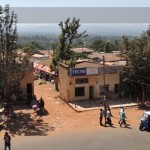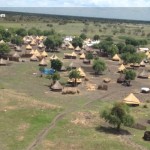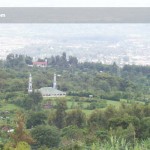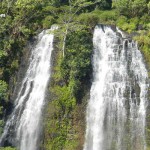The road to Debre Libanos, one of Ethiopia’s most prominent monasteries, is the Gojam road which leads north past the Entoto hills. This is the beginning of the true gorge country for which the central highlands are known for. Breath-taking views over chasms with a depth of 2,000 ft. or more, the old monastery itself is situated behind the new church to the right high up on the cliff. (Women are not permitted to enter.)
A mere 108 Km to the north from Addis and 60 Km north of chancho, Debre Libanos owes its foundation to St. Tekle Haimanot, a venerated clergyman who founded the monastery in 1275. He is said to have founded the first church at the site dedicated to the Virgin Mary inside a cave but the first big church at Debre Libanos (known then as Debre Asbo) was not built until the reign of Emperor Yeshaq (1413-1430) whose younger brother, Emperor Zara Ya’eqob used the monastery to implement his controversial religious policies and named it Debre Libanos. The monastery was razed by Ahmed Gragn in 1531 who also massacred many of the residing monks but it was rebuilt first by Emperor Yohannes IV in 1884 and then by his successor Menelik II.
Another massacre occurred at Debre Libanos in 1937, when the monastery was accused of sheltering the assailants of the Italian Viceroy Graziani, who was wounded in a grenade attack in the capital. In a horrifying and unprecedented revenge campaign hundreds of monks, students and peasants were mass-murdered at the monastery where their bones are still on display. After 1941, when the Italians were expelled, the monastery regained its important position in the country’s Orthodox church and the eighth Church to be built there, dedicated to St. Tekle Haimanot was completed in 1963. This 13th-century monastery exhibits mosaic figures and murals by the late Maitre Artist Afewerk Tekle.
From Debre Libanos less than one Km up the main road, turning right on a rocky track you will find the first bridge in Ethiopia known as the Portuguese Bridge. Reputed for years to have been constructed in the sixteenth century by the Portuguese, the bridge is now considered to be entirely Ethiopian in origin. You can climb down below the bridge or walk along the cliff edge to look back at the falls and the bridge.


